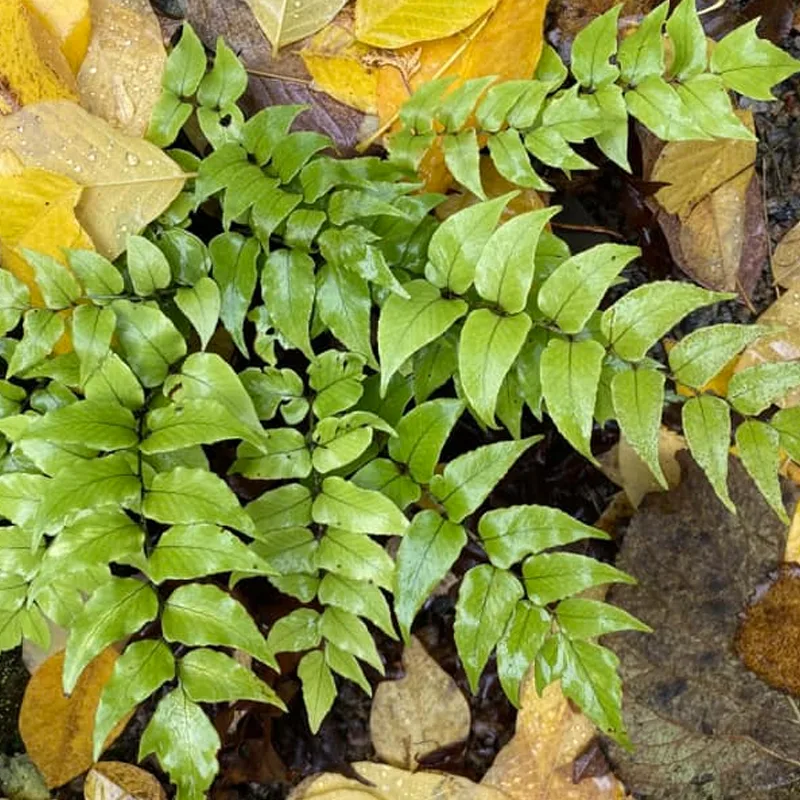
The Allure of Clematis Niobe: A Gardener’s Guide
Clematis Niobe has become a star in my garden. Its velvety, deep ruby-red flowers are impossible to ignore, and their size – a captivating six inches across – makes them a true showstopper. But Clematis Niobe is more than just a pretty face; it’s a vigorous climber with a long blooming season, keeping my walls and trellises adorned with color from late spring to late summer.
Over the years, I’ve learned the intricacies of caring for this stunning vine. In this guide, I’ll share my experience and answer some of the most common questions about Clematis Niobe, from its blooming habits to proper pruning techniques.
391 Species in Genus Clematis
When Does Clematis Niobe Bloom?
Clematis Niobe is a member of the Early Large-Flowered Group (Type 2), which means it produces its main flush of blooms in late spring to early summer. But the beauty doesn’t stop there. Unlike some clematis varieties that are one-hit wonders, Clematis Niobe often rewards you with a secondary bloom in late summer, extending its colorful presence in the garden.
How and When to Prune Clematis Niobe?
Knowing when and how to prune Clematis Niobe is crucial for maximizing its flowering potential. Since it blooms on old wood, pruning should be done in late winter or early spring, before new growth emerges. A light pruning is all that’s needed. Simply remove any dead, diseased, or damaged stems, and cut back the remaining healthy ones by about a third. This encourages bushier growth and promotes more flowers.
What Group is Clematis Niobe In?
As mentioned earlier, Clematis Niobe belongs to the Early Large-Flowered Group (Type 2) of clematis. This group is known for its impressive blooms, typically appearing in late spring or early summer on the previous year’s growth. Understanding a clematis’s group is essential for proper pruning, as different groups require different pruning techniques.
Do Hummingbirds Like Clematis Niobe?
While Clematis Niobe’s deep red flowers are undeniably eye-catching, they might not be the most attractive to hummingbirds. Hummingbirds are typically drawn to brightly colored flowers with a tubular shape that allows them easy access to nectar. Clematis Niobe’s flat, open blooms may not provide the ideal feeding platform for these aerial acrobats.
However, there’s always a chance! If you have a hummingbird population in your area, planting Clematis Niobe alongside other hummingbird-friendly plants, like red-flowering fuchsias or tubular honeysuckles, might create a more inviting buffet for these feathered visitors.
Is Clematis Niobe Evergreen?
Clematis Niobe is not an evergreen vine. It loses its leaves in the fall, adding a touch of winter elegance to the garden with its bare, sculptural stems. However, this doesn’t diminish its appeal. The dormant period allows the plant to conserve energy for the upcoming spring display.
Where to Buy Clematis Niobe?
Finding Clematis Niobe can be a rewarding treasure hunt. Many reputable nurseries and online retailers offer this popular variety. Look for established garden centers or online vendors specializing in clematis. They can provide valuable advice on planting and care specific to your region.
Additional Tips for Growing Clematis Niobe
Here are some bonus tips I’ve learned from experience:
- Planting: Choose a location with well-draining soil and at least 6-8 hours of sunlight daily. The base of the plant should be kept cool and shaded. You can achieve this by planting companion plants around the base or adding a layer of mulch.
- Support: Clematis Niobe is a vigorous climber and needs a sturdy support structure like a trellis, fence, or obelisk.
- Watering: Water your Clematis Niobe regularly, especially during hot and dry periods. Aim for consistent moisture but avoid soggy soil.
- Fertilizer: A balanced fertilizer applied in early spring can give your Clematis Niobe a boost.
With a little care and attention, Clematis Niobe will reward you with years of stunning blooms. So, why not add this captivating vine to your garden and experience its magic for yourself?
If i die, water my plants!



